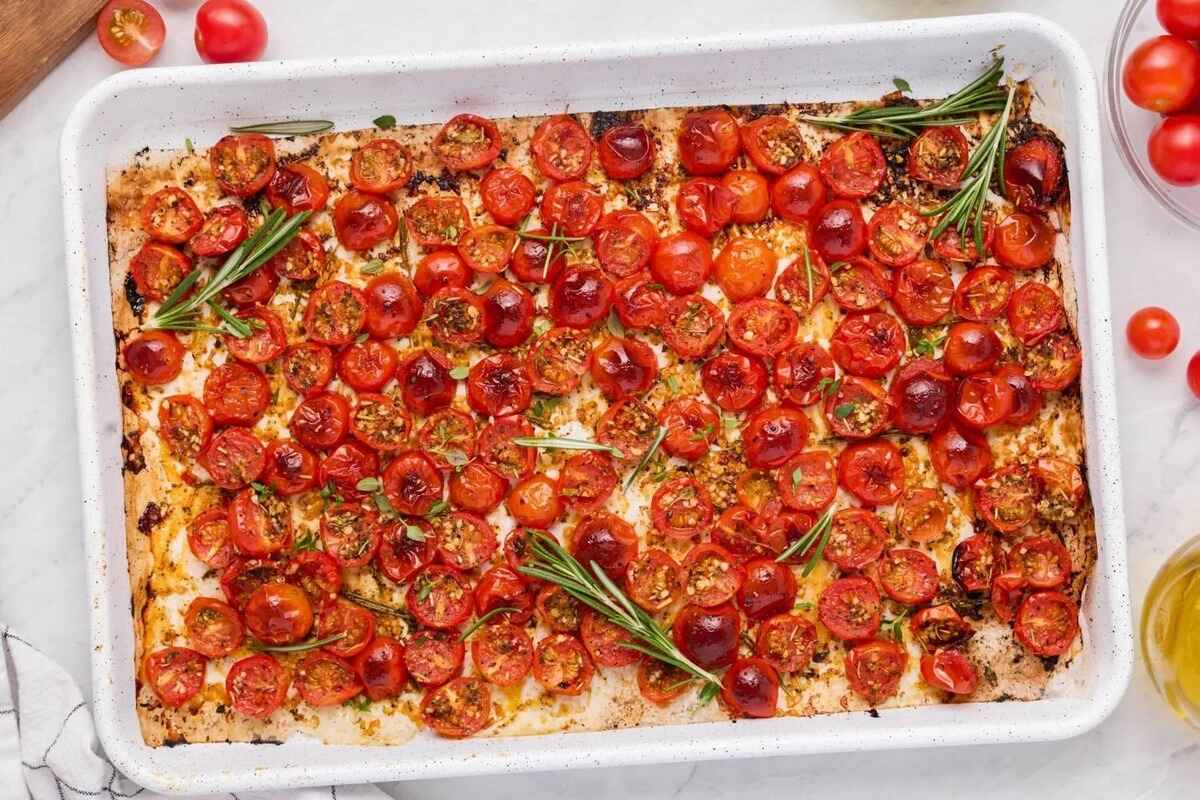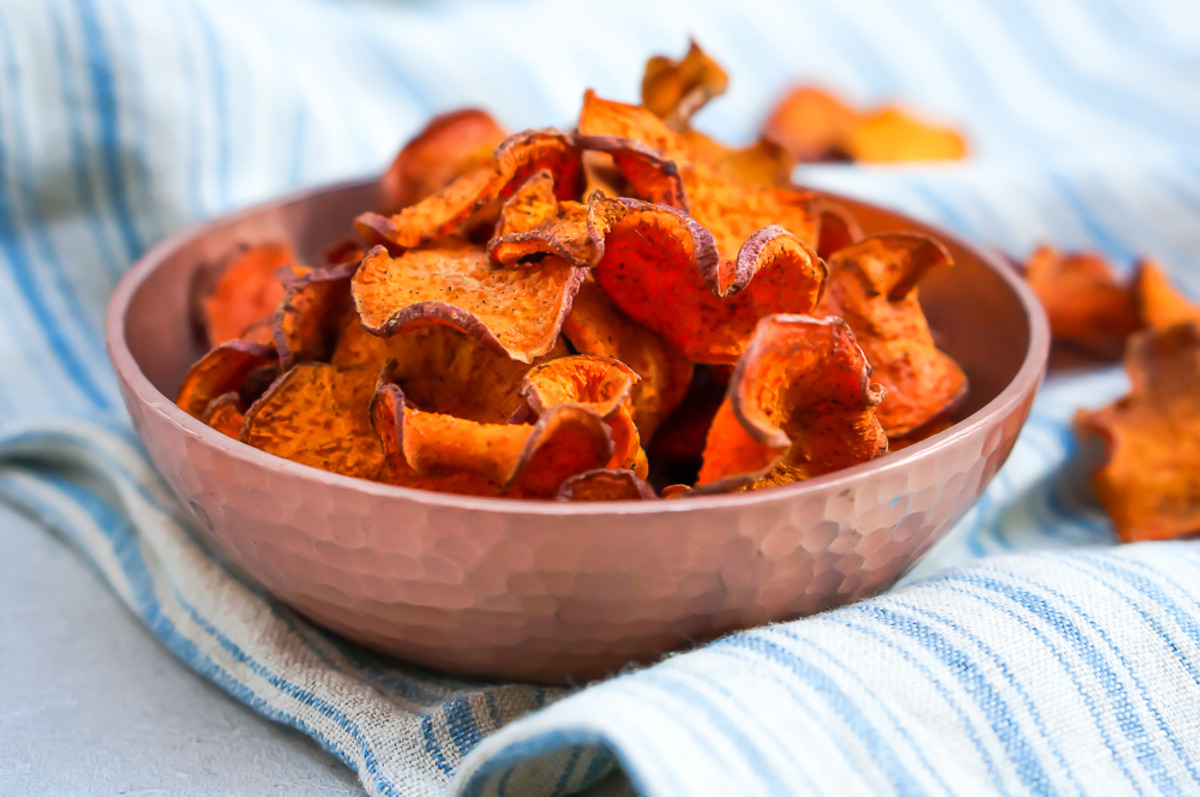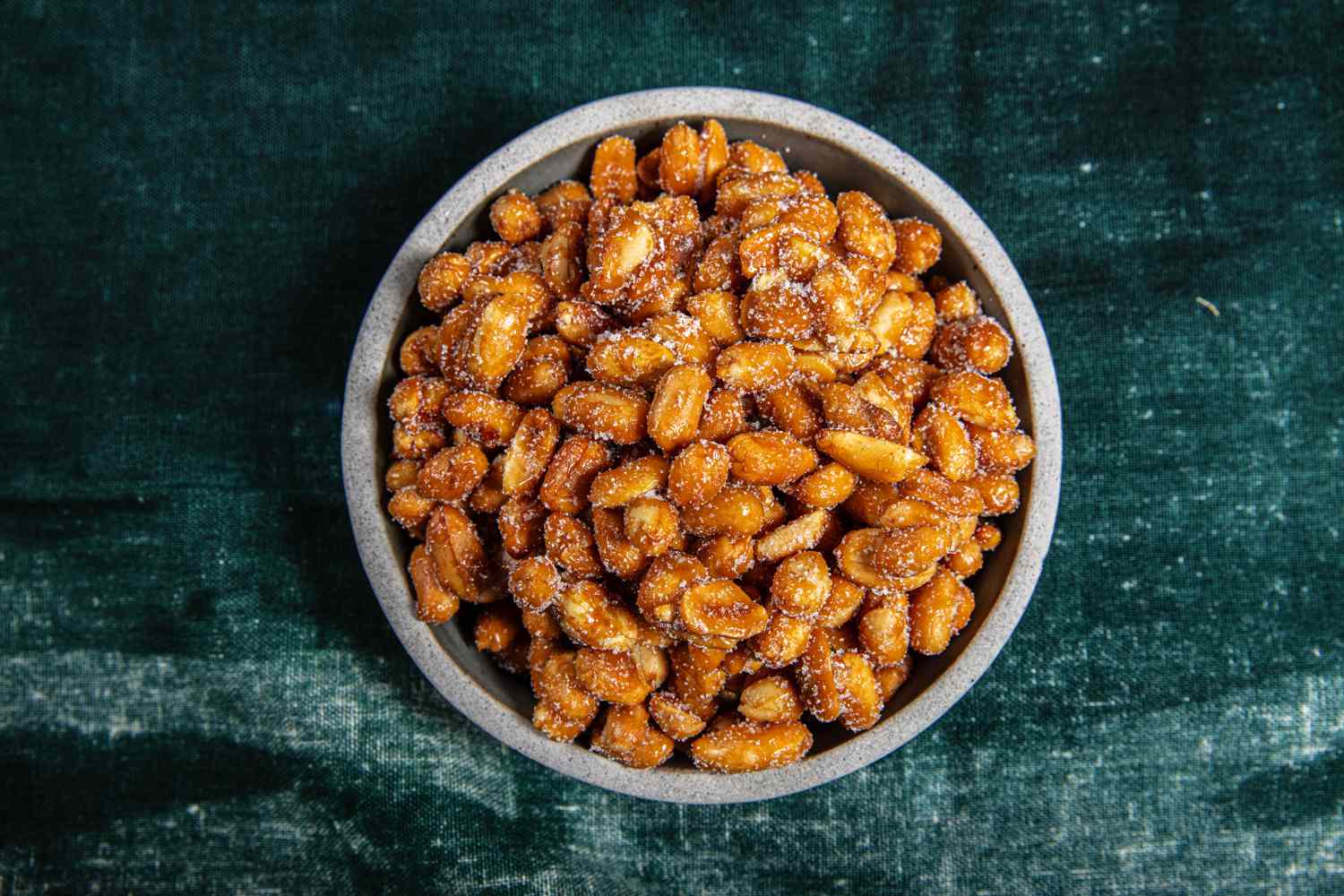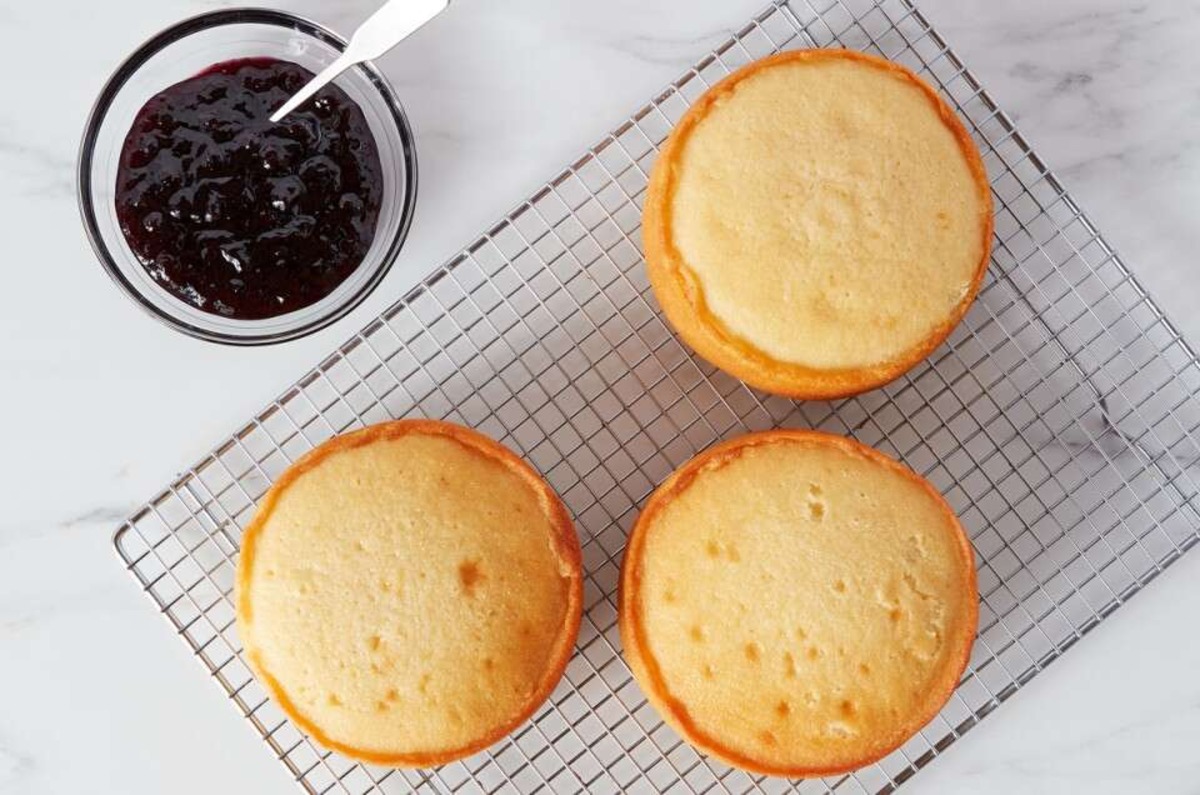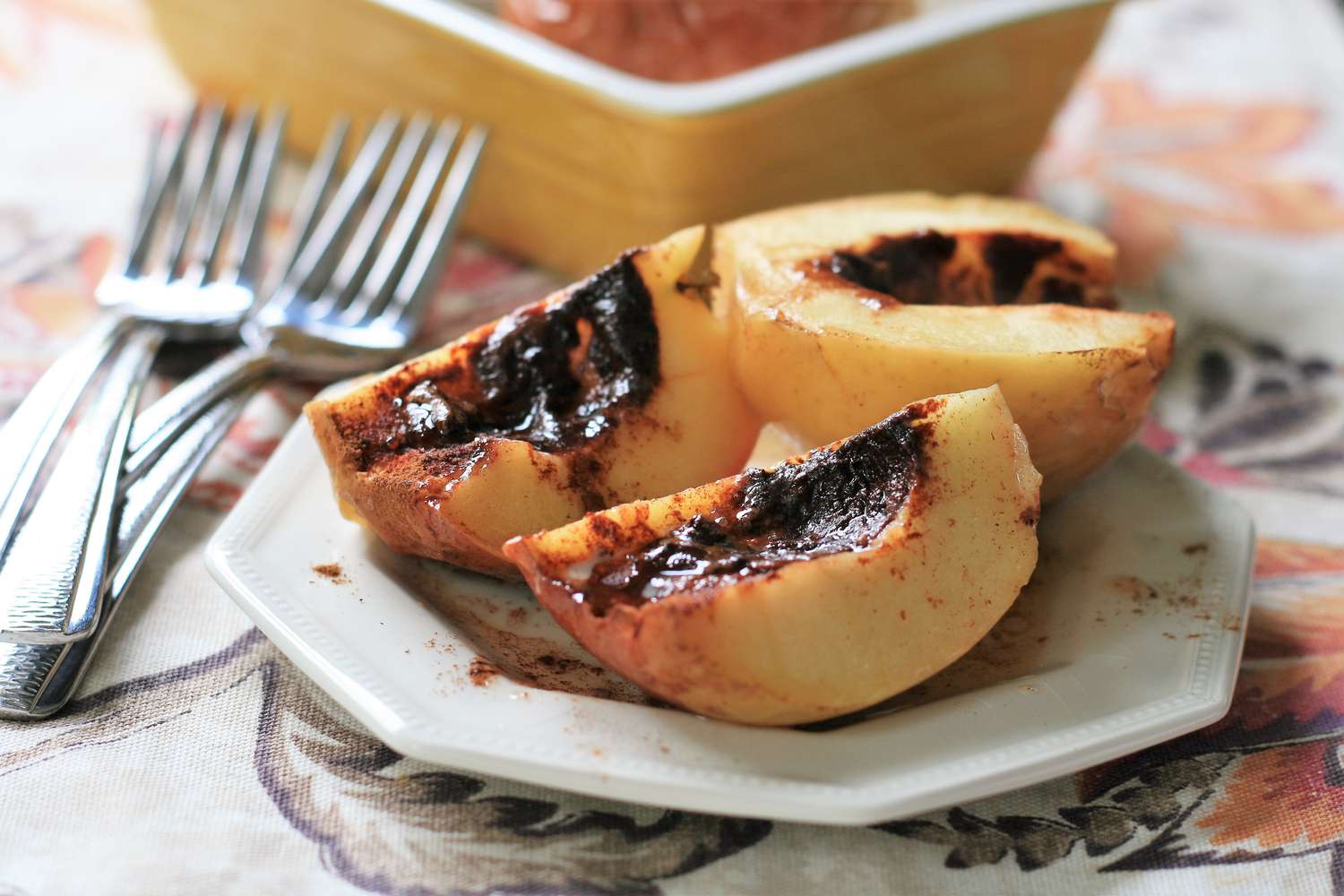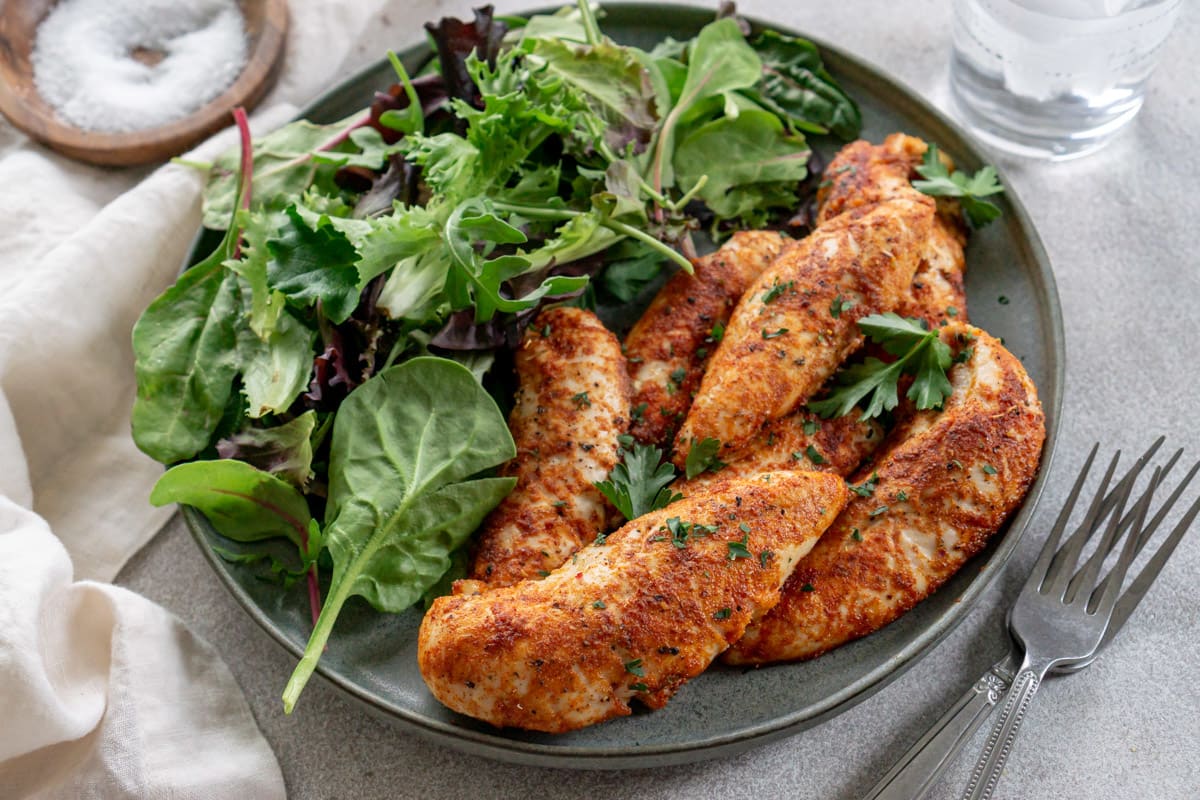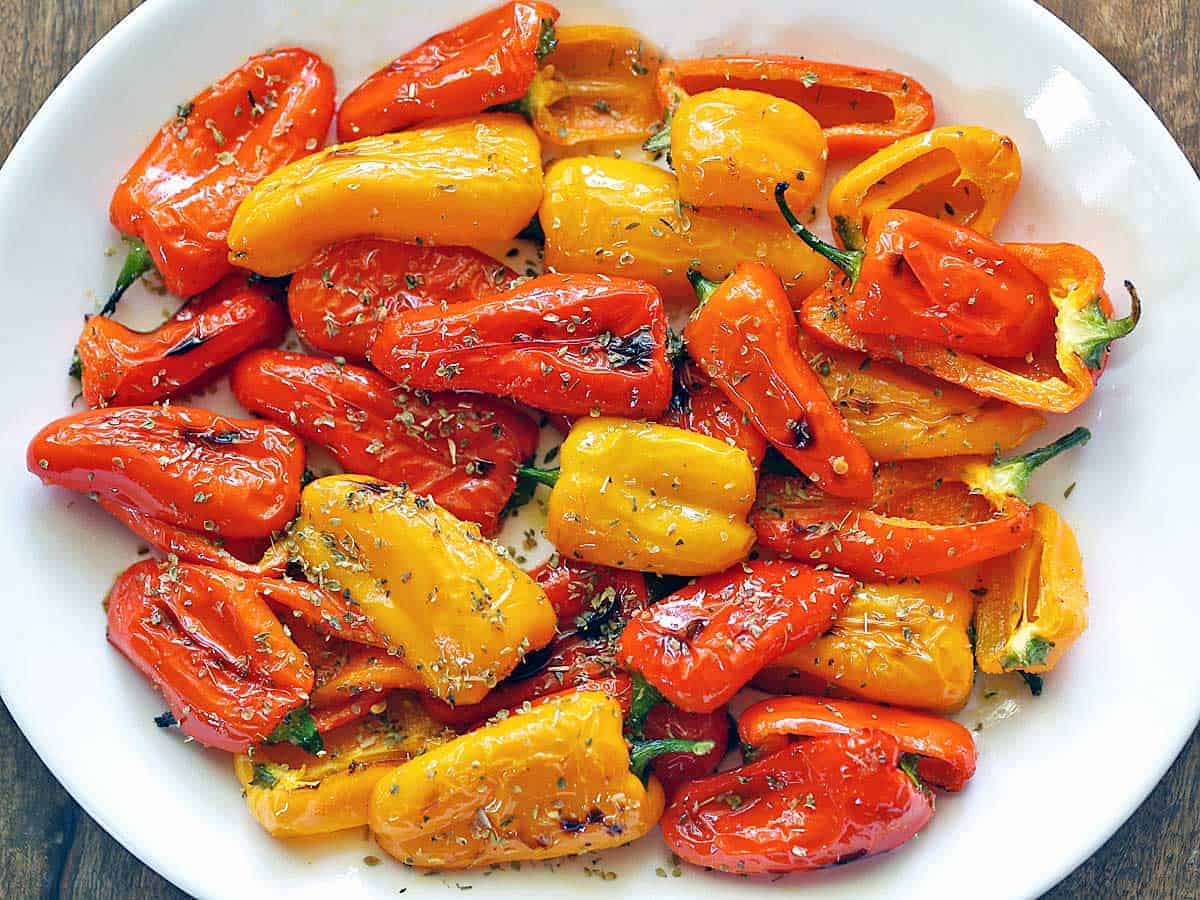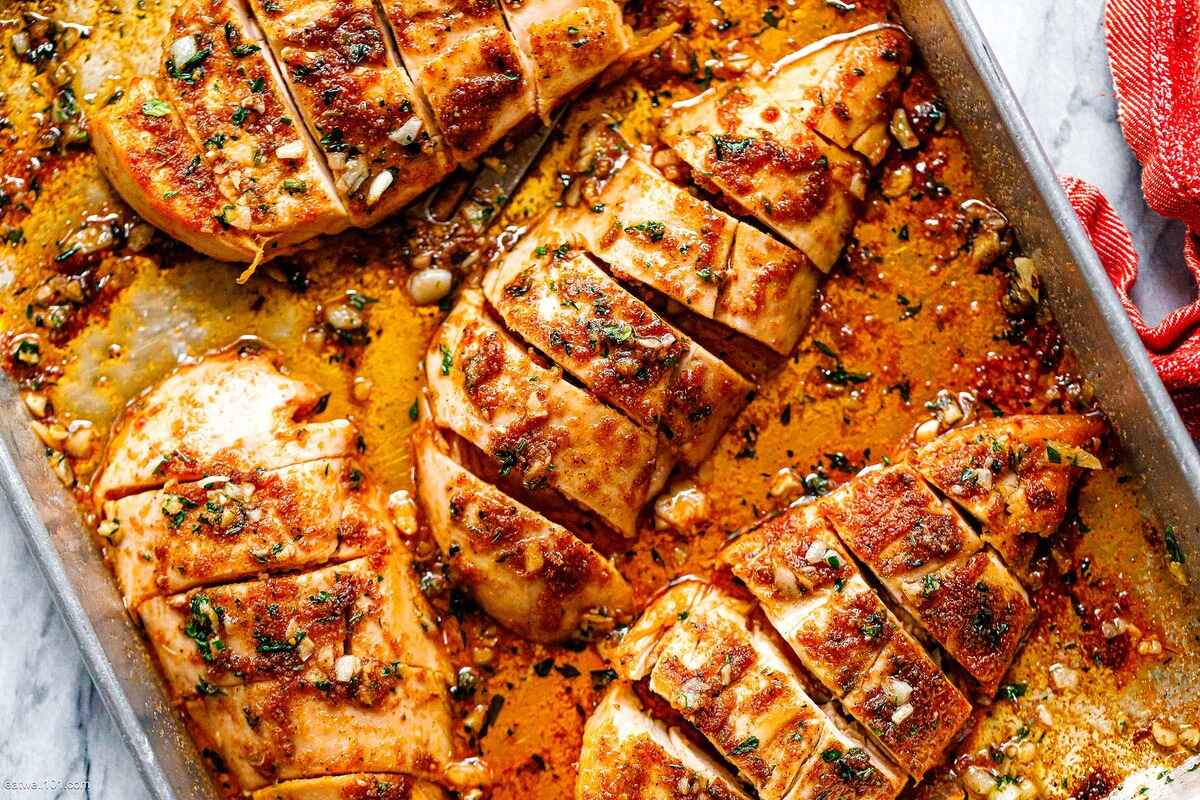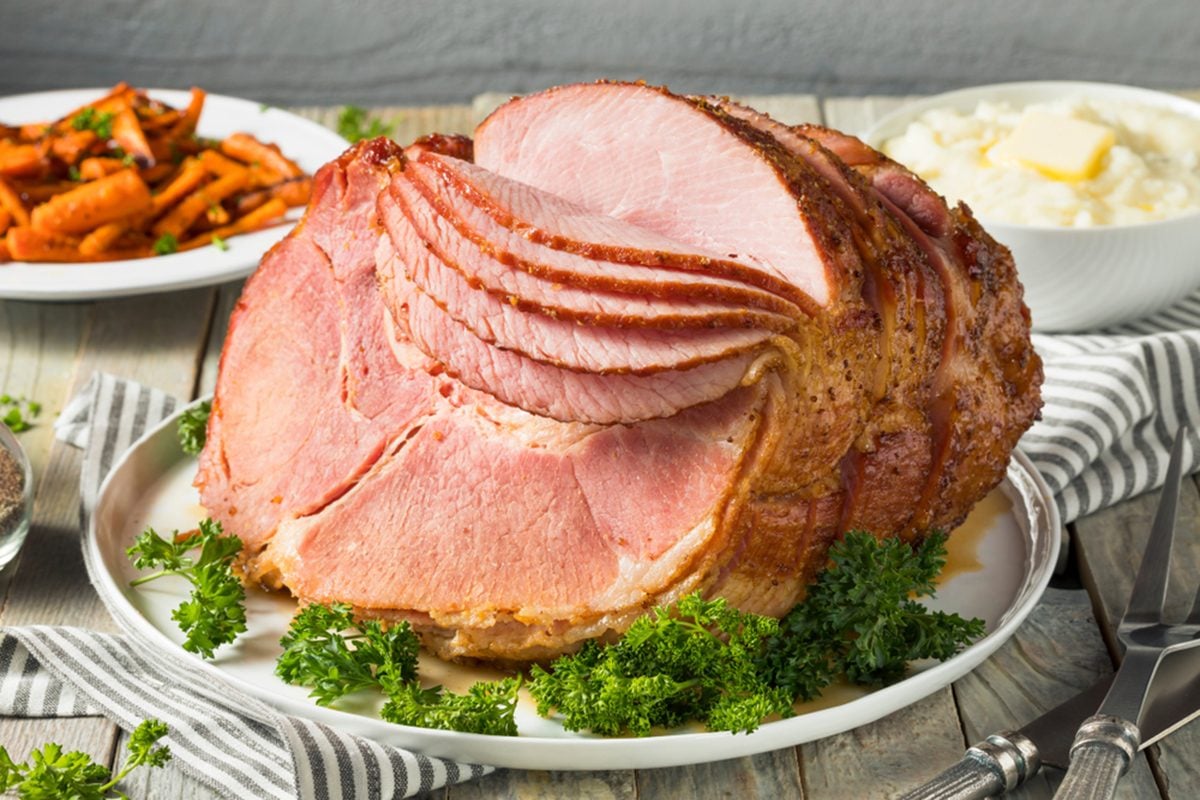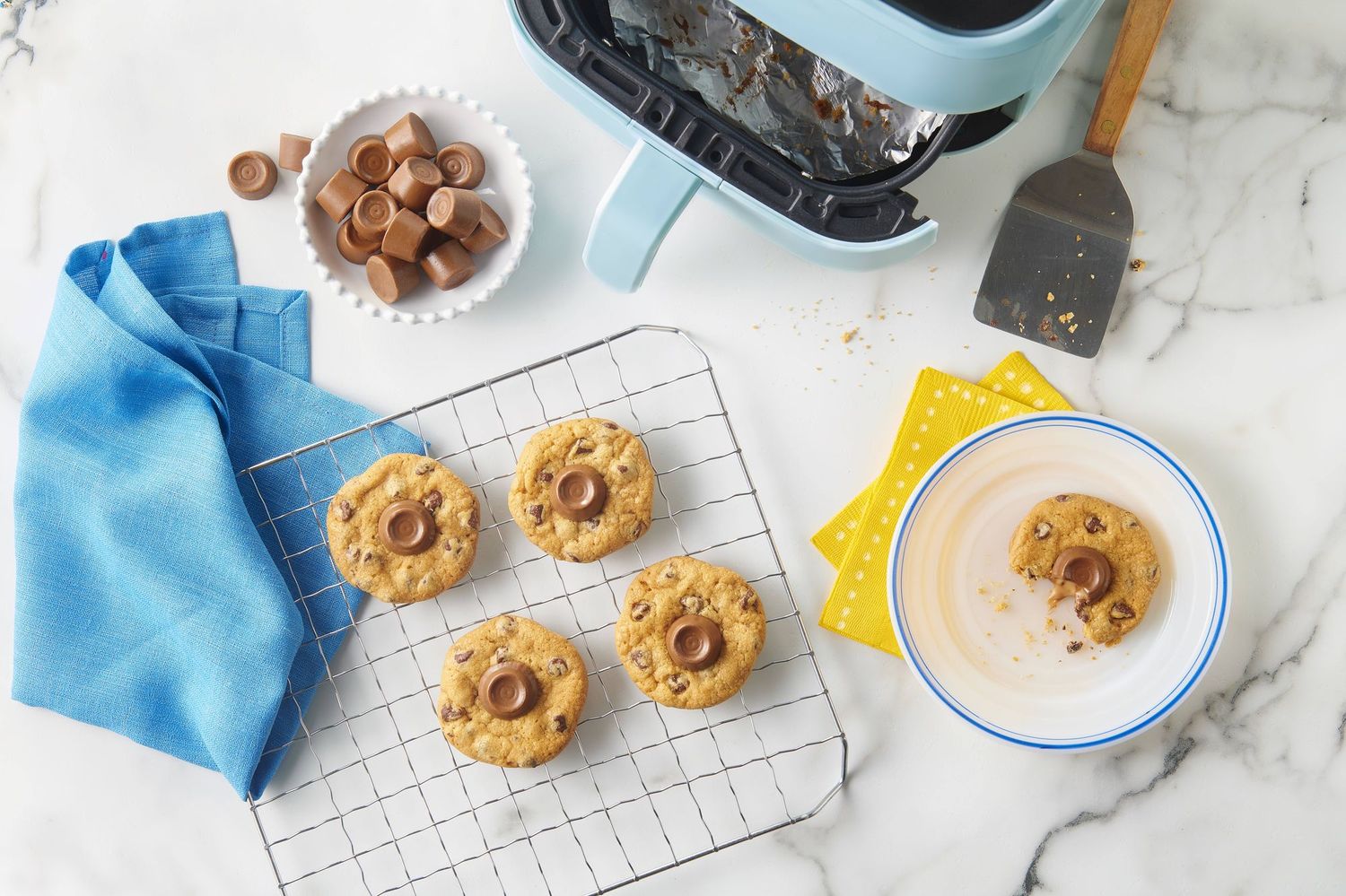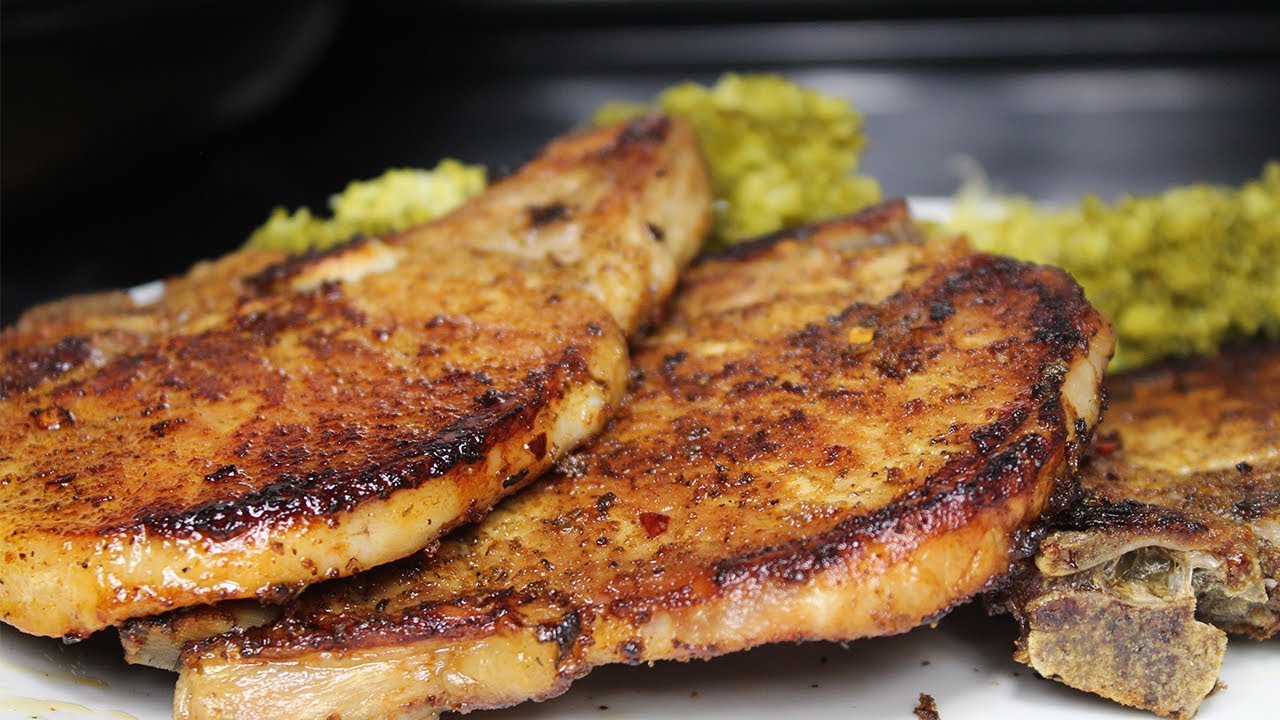How to Make a Perfectly Flaky and Delicious Pie Crust
When it comes to pies, the crust is everything. A perfectly flaky and delicious pie crust can take any pie from good to unforgettable. Whether you’re an experienced baker or a novice in the kitchen, making your own pie crust doesn’t have to be intimidating. With a few simple steps and some helpful tips, you’ll be able to master the art of making a pie crust that will impress your friends and family.
Gather your Ingredients
Before you start making your pie crust, gather all the necessary ingredients. Here’s what you’ll need:
- 2 ½ cups of all-purpose flour
- 1 teaspoon of salt
- 1 cup of cold unsalted butter, cut into small cubes
- 6-8 tablespoons of ice water
Step-by-Step Instructions
- In a large mixing bowl, combine the flour and salt. Mix well.
- Add the cold butter cubes to the flour mixture. Using a pastry cutter or your fingers, cut the butter into the flour until the mixture resembles coarse crumbs.
- Gradually add the ice water, one tablespoon at a time, mixing gently with a fork after each addition. Stop adding water once the dough comes together and can be easily formed into a ball.
- Divide the dough in half. Shape each half into a disk and wrap them individually in plastic wrap. Refrigerate for at least an hour.
- Preheat your oven to the required temperature for your pie recipe.
- Remove one dough disk from the refrigerator. On a lightly floured surface, roll out the dough into a circle, about 2 inches larger than your pie dish.
- Carefully transfer the rolled-out dough to your pie dish. Gently press the dough into the bottom and sides of the dish, making sure there are no air pockets.
- Trim any excess dough hanging over the edges of the dish.
- Follow the recipe instructions for filling and baking your pie.
Tips for a Perfect Pie Crust
Making a great pie crust is an art, and here are some additional tips to help you achieve perfection:
- Make sure all your ingredients are cold. Cold butter and ice water help create a flaky texture.
- A pastry cutter can help cut the butter into the flour evenly, but you can also use your fingers gently.
- Don’t overwork the dough. Mix until it comes together and can be formed into a ball. Overmixing can result in a tough crust.
- Chill the dough before rolling it out. This allows the butter to firm up again, preventing it from melting too quickly in the oven and creating a flaky crust.
- When rolling out the dough, start from the center and work your way out, rotating the dough occasionally. This ensures an even thickness and prevents sticking.
- For a golden and crisp crust, brush the top with an egg wash or milk before baking.
Now that you have the knowledge and the recipe, it’s time to put it into practice. Making your own pie crust allows you to customize your pies and take pride in your homemade creations. So go ahead and experiment with different fillings, get creative with your crust designs, and most importantly, enjoy the delicious results!
For those looking to test their newfound pie crust skills, several recipes stand out as must-tries. The Classic Apple Pie is a timeless choice that never fails to impress with its combination of a flaky crust and sweet, spiced filling. If you're in the mood for something rich and decadent, the Chocolate Cream Pie offers a silky, chocolatey experience that's hard to resist. For a fruity twist, the Blueberry Pie and Strawberry Rhubarb Pie both provide a delightful balance of tart and sweet. Finally, the Pumpkin Pie is a perfect seasonal treat that brings warmth and comfort with every bite. Each of these recipes will help you put your pie crust skills to delicious use.
Was this page helpful?
Read Next: How To Keep Cookies Soft
